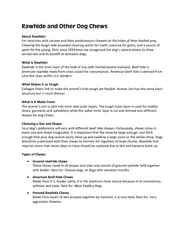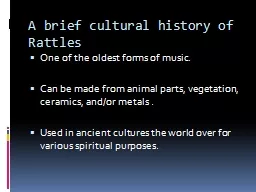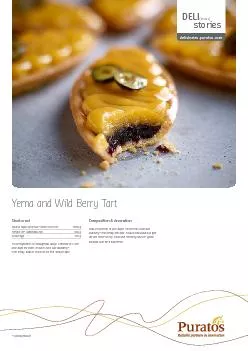PDF-About Rawhide For centuries wild canines and their pre
Author : conchita-marotz | Published Date : 2015-05-15
Chewing the tough hide provided cleaning action for teeth exercise for gums and a source of sport for the young Only since 1959 have we recognized s natural desire
Presentation Embed Code
Download Presentation
Download Presentation The PPT/PDF document "About Rawhide For centuries wild canines..." is the property of its rightful owner. Permission is granted to download and print the materials on this website for personal, non-commercial use only, and to display it on your personal computer provided you do not modify the materials and that you retain all copyright notices contained in the materials. By downloading content from our website, you accept the terms of this agreement.
About Rawhide For centuries wild canines and their pre: Transcript
Download Rules Of Document
"About Rawhide For centuries wild canines and their pre"The content belongs to its owner. You may download and print it for personal use, without modification, and keep all copyright notices. By downloading, you agree to these terms.
Related Documents














